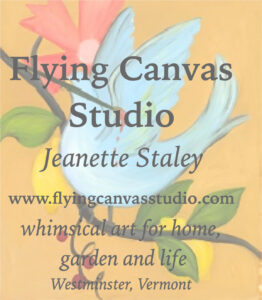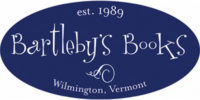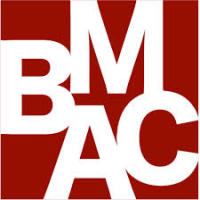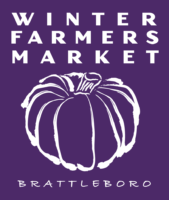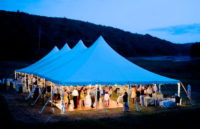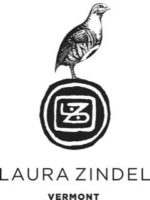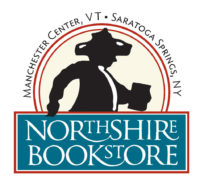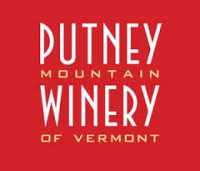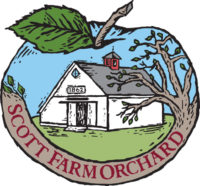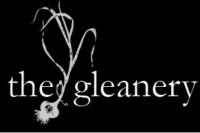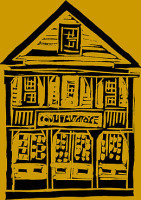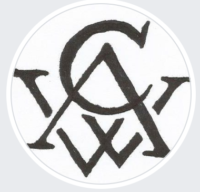Fine Art vs. Craft
 Fine Art vs. Craft: Who Decides?
Fine Art vs. Craft: Who Decides?
Vermont’s Open Studio Tour Dispels Myths and Expands Horizons
By Clara Rose Thornton
Celebrating 17 years of highlighting the best of Vermont’s vibrant creative culture, the annual Open Studio Tour happens on Memorial Day weekend, May 23 and 24. Showcasing an incredible 273 artisans spread across 13 counties—with 48 in Bennington and Windham Counties alone-Rutland and Windsor….-the event should prove to be a whimsical, thought-provoking and inspiring experience for patrons and casual browsers alike.

Fine Art vs. Craft: Who Decides?
Vermont’s Open Studio Tour Dispels Myths and Expands Horizons
By Clara Rose Thornton

Fiber artist Dena Gartenstein
The aim of this year’s Open Studio Tour is, as it has always been, to reveal the personal worlds of Vermont artisans who open their creative spaces to the public, fostering understanding and connections between these often disparate sectors of society. As Martha Fitch, executive director of Vermont Craft Council, the organization that founded and produces the event, put it, “By introducing visitors to the studios of both artists and craftspeople, Open Studio weekend informs the public about the tools, materials and processes involved with creation of artwork in a variety of media.”
This concept of opening closed doors literally opens another, more theoretical, door. There is often a distinction made between “artists” and “craftspeople,” in terms of traditional fine art — painting or sculpture—and craft or hobby art—pottery, weaving, woodwork, glassblowing and jewelry. Both the general public and the art world academic sector has historically put craft and hobby on a lower level than traditional arts, and relegate it to the category of mere entertainment or décor.

Robert J. O’Brien
Fitch disapproves of the blanket term “hobbyist” being applied to craftspeople, and feels that this is another reason for confusion about craft.
“When I think of the group of craftspeople at the core of Open Studio weekend, I think of serious professionals who have been practicing their art for years if not decades. In my mind a hobbyist is someone who practices an art or craft as recreation, the opposite of professional. I don’t make a value judgment between professional and nonprofessional but there is a difference in the amount of time spent doing the work and the training that goes into it.”
Diedre Healey, executive director of Frog Hollow Vermont State Craft Center in Middlebury, is optimistic about the progressive attitude changes she sees happening. “Toward the end of the twentieth century and certainly now that we’re working our way into the twenty-first century, I think that perception is being challenged. First of all because design has become such an important component of life and work, and approachable design is so critical, but also because there are a lot of artists who are working with what are traditionally thought of as craft media in the contemporary art and fine art arenas. So the line is becoming more and more blurred.” Frog Hollow’s Web site sums this up beautifully, as their homepage motto reads: “Art for Everyday Living.”
Healey continued, “I think that contemporary craft is developing a new base of collectors and connoisseurs, and I think they’re a part of what is pushing the conversation forward. When you consider traditional craft media— ceramics, fiber, wood, metal and glass—there are certainly artists who are working in those media now who are creating wonderful artworks that are quite contemporary and have a place at the table of fine art.”

Ken Pick
Romanticism, rage on.



